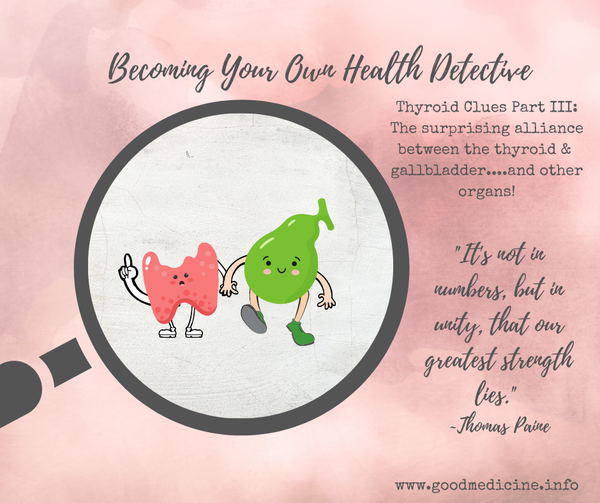
Thyroid -part 3 The Gall Bladder Connection

Liz James · ·

Liz James · ·
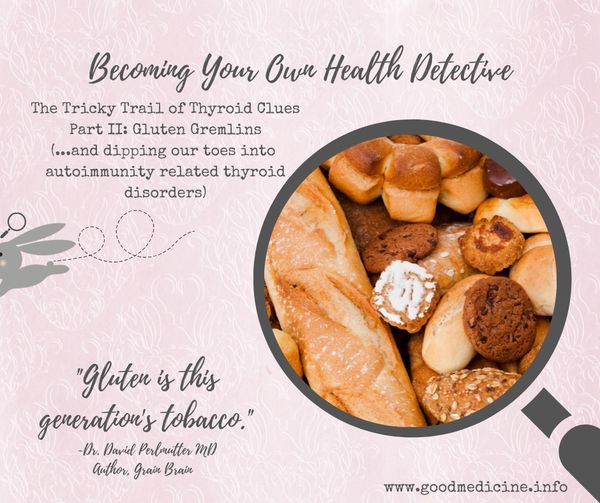
Liz James · ·
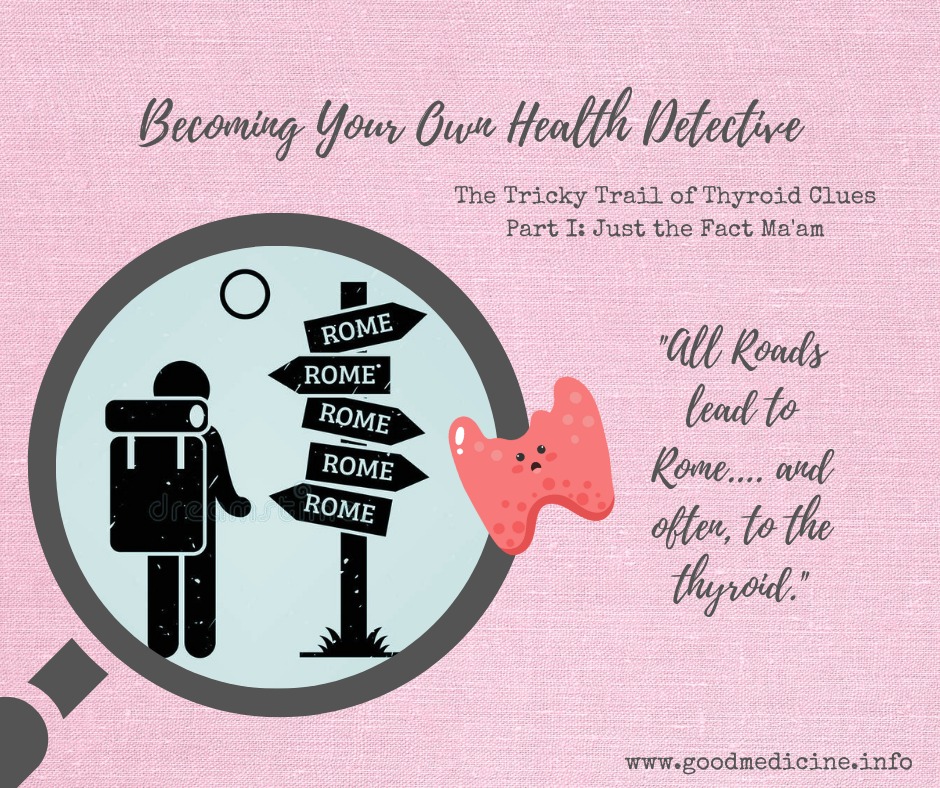
Liz James · ·
I could spend almost forever talking about the colon because it’s one of my favorite clue laden organs. But if I did, I’d step out of the lane we’re driving in….. And so I’ll do my best to keep focused!
Hang on…. You may learn a little more than you wanted to about chronic diarrhea!😳 It’s not as common as constipation (est 20-30% of the adult population), but if you are one of the estimated 5% who do suffer from chronic diarrhea, you know how important this clue trail is. Interestingly, though chronic constipation is an equally important colon clue, chronic diarrhea will usually send people to their favorite health care professional much faster!
Diarrhea is a symptom (a clue!), not a dis-ease. Approximately 2 gallons of water should be absorbed from the colon every day, and if that doesn’t happen…… well, diarrhea results. We’ve all had short term diarrhea, and even that gets old fast. Chronic and/or chronic intermittent diarrhea can really throw a kink in daily life.
Rarely, is this clue ignored (because, well….. diarrhea won’t generally allow itself to be forgotten!). Paradoxically, chronic diarrhea is not generally a “quick fix” problem. It takes work to get the gut back to a healthy place!
What possible clues lie behind a case of chronic diarrhea?
🔎Food or beverage sensitivity: Lactose, gluten, and processed sugar intolerance are the big three, and are more common than you might think. It could be just one ingredient that triggers a run to the bathroom, or it could be a combination of them (think processed foods!).
🔎Tainted water: Yes, even municipal water and bottled water has been implicated on occasion.
🔎Medications : Antibiotics, antacids, Alzheimer’s medications, metformin (for type II diabetes), colchicine (for gout), NSAIDs (for inflammation, sertraline (for mood), lithium (for mood), digoxin (for heart), chemotherapy medications, synthroid/levothyroxine (for thyroid: NOTE there is a gluten based filler in these….. Disturbingly…. So if gluten is your nemesis, this may be a big clue).
Infections (bacterial, fungal, viral, and/or parasitic). Infections often go hand in hand with inflammation.
🔎Chronic Inflammation in the bowels: Inflammation in the colon morphs into an actual dis-ease state if left unaddressed. Inflammatory Bowel Disease includes ulcerative colitis and Crohn’s disease. Irritable Bowel Syndrome is another colon dis-ease that affects 10-15% of the population and may cause a mixture of constipation and diarrhea. Diverticulosis / Diverticulitis affects roughly half of all people over the age of 60, and approximately 10% will have it before the age of 40. Yet, in ¾ of these people, it will never cause problems.
🔎Gallbladder inflammation, malfunction, or missing! (up to 20% of people who have their gallbladder removed have chronic diarrhea) It’s so important to take digestive enzymes if you are missing your gallbladder!
🔎Uncommonly (but needs to be mentioned), some cancers can cause chronic diarrhea.
🔎Excess vitamin C or Magnesium in the diet.
🔎For some people, sorbitol, mannitol, or xylitol (even in the smallest amounts) can cause gassy diarrhea.
🔎A surgical procedure which may have affected the mechanics of the large intestine.
Overcoming chronic diarrhea is usually not a quick fix, and it may require many supportive measures in your “at home” tool box. Just as Rome wasn’t built in a day, neither will a solid bowel movement be formed after a day’s worth of good self care, so be patient and be consistent with your plan!
*Get stress under control. The gut brain axis is a real thing, and if emotions are creeping into your gut, it may show up in the toilet too. Use your emotional oils….. They do work! Find a mentor like Jen Weir who is an ace at teaching people how to do just this! (https://www.weirtx.com/ )
*Get serious with an elimination or FODMAP diet and find out what your body doesn’t like! Note: food sensitivities are found in ½ to ⅔ of people with chronic diarrhea. #itstimetojustdoit
*Probiotics. YL’s Life 9 helps support a healthy microbiome in the colon. When there are enough healthy bacteria to compete with the bad microbes, the bad guys get the boot.
*Digestive enzymes. I cannot emphasize enough how important probiotics and digestive enzymes are to overall health! (YL…. Essentialzyme, Essentialzymes-4, Detoxzyme, Allerzyme, and Mightyzyme for the littles)
*Omega 3’s ( YL Omegagize3) promotes healing and repair and supports a healthy inflammatory response.
*Increase Fiber intake. Start with cooked soft fiber and graduate to “hard fiber” (fruits, veggies, and whole healthy grains (gluten free for some or low gluten for others). Note that meat and dairy have zero fiber! YL’s ICP is a fantastic source of non-irritating soluble and insoluble fiber. Friends, do your research on ICP. It is a vital supplement for colon support!
*Avoid alcohol sugars (sorbitol, mannitol, maltitol, isomalt, xylitol)
*Avoid caffeine. It acts as a laxative.
Diarrhea is the clue. Now it’s up to you to put some of the pieces together! Use this clue and others to kickstart your own research.
As Mary Young says, “It is our God given right to search, read, study and decide how you will feed and care for your own body.”
xoxo~ liz
#knowbetterdobetter
#healthcluesyoucanuse
#fixyourplumbing
#goodmedicine
#ThanksYL
#colonclues
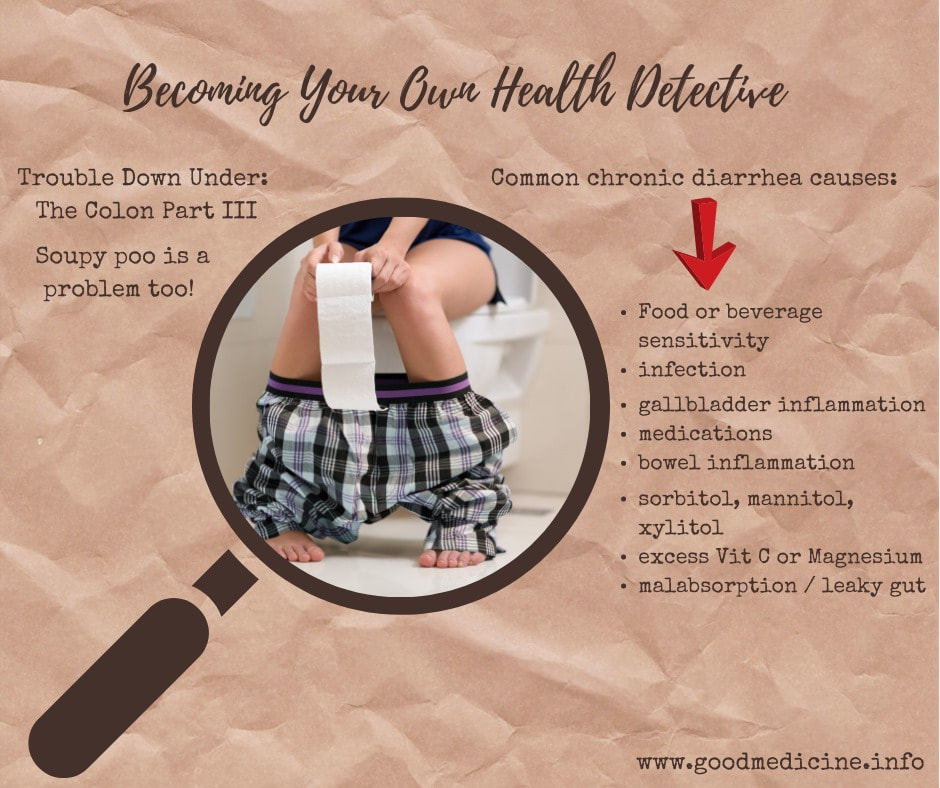
Liz James · ·
What’s your lack of poo 💩 telling you? Colon Part II
There’s no time like the present to start talking about poo, or in this chat…. lack thereof! Chronic constipation affects roughly 28% of the North American population if we abide by the western medicine general rule that it’s “okay” to have only 3 bowel movements a week. (No wonder we have so many chronic illnesses based on this information alone!😱)
Let’s flush that “3 times a week okay-ness”, and look at how an optimally healthy colon should be functioning.
Healthy gastrointestinal transit time should run somewhere between 12 and 24 hours…… optimally, 1💩 to 3💩💩💩 bowel movements a day help keep the toxin load of a body in check. What happens when the body’s toxin load grows due to lack of appropriate time on the throne? Sickness and dysfunction begin rearing their ugly heads in a variety of ways:
1. Weight gain – toxins stored in fat and it becomes increasingly difficult to lose weight.
2. Fatigue – metabolism is disrupted (yet another avenue of weight gain too!)
3. Skin irritation and rashes occur – we expel toxins thru poop, pee, breathing, and thru our skin. When pooping isn’t happening as it should, other organs often can’t keep up with the detox process either!
4. Headaches and migraines
5. Mood Swings
6. Joint and muscle pains and spasms
7. Insomnia
8. Increased or excessive sweating (the body is trying hard to shed the excess toxins!)
9. Constipation breeds an increased toxin load which leads to even more constipation!
Per statistics found on the National Institute of Health’s website, chronic constipation (THEIR version…. 3x/week pooping) accounts for over 5 million healthcare visits or hospitalizations per year, and over 5.3 million prescriptions written singularly for constipation.
These are large numbers☝️☝️, but imagine how much larger those numbers would be if they were to include not pooping daily and the subsequent results….(numbers 1 thru 8 above).
Constipation is a clue, and it’s also largely fixable with lifestyle changes. Oftentimes, if you fix constipation, other health concerns will also begin to quietly fix themselves! 😉
Low fiber eating habits (ie: processed foods), lack of gut microorganism balance (YL’s Life 9 is KEY here), lack of exercise, dehydration, certain medications (Opiates, some antidepressants, calcium channel blockers used to treat blood pressure and heart disease, medications used to treat Parkinson’s, Iron supplements, NSAIDS, diuretics, antihistamines are all known to cause constipation), a magnesium deficiency, hormonal fluctuations, hypothyroidism, SIBO (refer to earlier discussion) and even colon cancer are common contributors to constipation.
For most people, eating more whole fresh foods, exercising regularly, drinking plenty of quality water, and including a top notch probiotic food or supplement source (Did I mention Life 9 or MightyPro for the kiddos?) along with digestive enzymes (Essentialzyme, Essentialzymes-4, Detoxzyme, Allerzyme, or Mightyzyme for kiddos) will often solve the constipation conundrum.
For those who still need a little extra boost to get you on that throne consistently, consider adding in Young Living’s ICP (that acronym has been affectionately known to stand for “I see poop” amongst those who use it). #useittoloseit ICP is a powder (loaded with soluble fiber and other goodness) that is added to juice or smoothies, making it an easy addition to daily routine.
If constipation is something that plagues you, and you’ve tried #allthethings, it may be time to investigate possible food sensitivities, leaky gut syndrome, or severe gut dysbiosis (unbalanced gut bacteria) with the help of a health professional who is experienced working with patients in this demographic.
Happy flushing!
xoxo~ liz
#knowbetterdobetter
#healthcluesyoucanuse
#fixyourplumbing
#goodmedicine
#ThanksYL
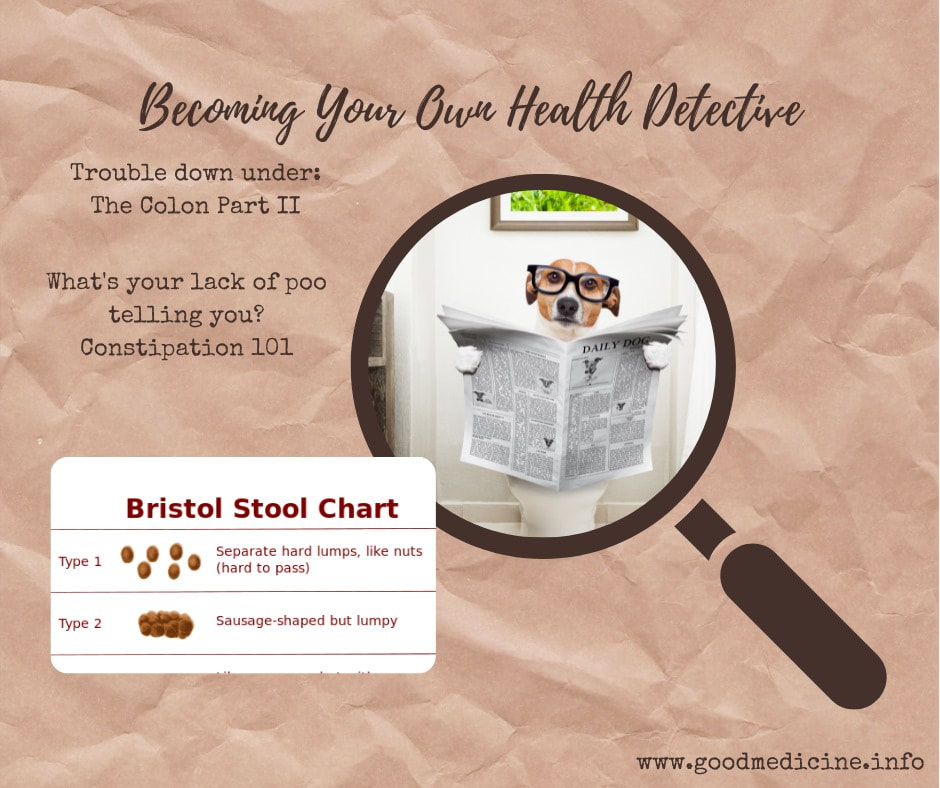
Book Your Health Coaching CallBook Now
